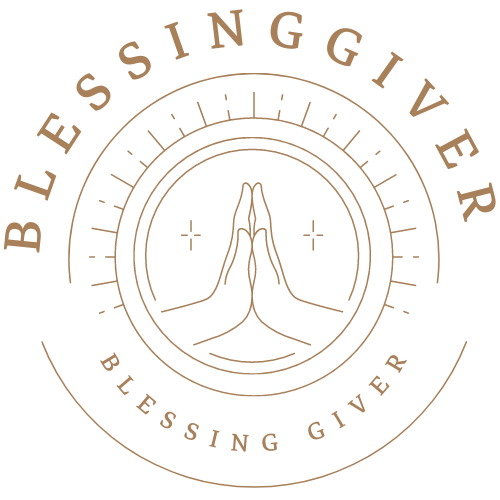Introduction
Enlightenment, often regarded as the pinnacle of spiritual growth, is a state of profound awareness, peace, and inner harmony. It’s a concept that has fascinated philosophers, spiritual leaders, and seekers for millennia. The journey to enlightenment is often depicted as a singular, linear path, leading to debates and questions: Is there only one way to reach this state of awakening? Or are there multiple paths, each offering unique insights and experiences?
In this blog, we will explore various traditional and modern paths to enlightenment, recognizing the interconnectedness of these routes and the possibility for individualized journeys. Our exploration will delve into ancient wisdom traditions, contemporary practices, and the integration of diverse approaches.
Traditional Paths to Enlightenment
Buddhism
Buddhism, one of the most well-known paths to enlightenment, centers around the Four Noble Truths and the Eightfold Path. These principles guide individuals through ethical conduct, mental discipline, and wisdom.
- Four Noble Truths: Understanding suffering, its origin, cessation, and the path to end it.
- Eightfold Path: A practical guide focusing on right view, intention, speech, action, livelihood, effort, mindfulness, and concentration.
- Meditation and Mindfulness: Techniques to cultivate awareness and compassion.
The Buddhist approach emphasizes personal experience and inner transformation, offering a rich and profound path to awakening.
Hinduism
Hinduism, one of the oldest spiritual traditions, provides diverse paths to enlightenment, each catering to different temperaments and inclinations.
- Yoga Paths: Different yoga paths like Karma Yoga (path of action), Bhakti Yoga (path of devotion), Jnana Yoga (path of knowledge), and Raja Yoga (path of meditation) guide seekers towards self-realization.
- Vedanta Philosophy: An intellectual approach to enlightenment, emphasizing the non-dual nature of reality.
- Devotion and Rituals: Practices that involve love, devotion, and ritualistic worship of the divine.
Hinduism recognizes the uniqueness of each individual and offers a multitude of paths, reflecting the richness and diversity of human experience.
Sufism
- Mystical Union with the Divine: Sufism emphasizes love, poetry, and mystical union with the divine.
- Spiritual Practices: Including music, dance, and poetry to awaken the soul.
- Guru-Disciple Relationship: The importance of guidance from a spiritual master.
Taoism
- Living in Harmony with Tao: Emphasizing naturalness, simplicity, and living in harmony with the universal principle of Tao.
- Taoist Practices: Including Tai Chi, Qi Gong, and meditation for inner balance.
Modern Approaches to Enlightenment
Mindfulness and Meditation
In the modern world, mindfulness and meditation have emerged as accessible and effective paths to enlightenment.
- Secular Mindfulness Practices: Adapted from ancient traditions, suitable for all backgrounds.
- Guided Meditation: Various methods and techniques to suit individual needs.
- Science-backed Benefits: Research supporting the efficacy of mindfulness in promoting mental well-being.
Yoga and Body Practices
Modern interpretations of yoga and body practices provide holistic paths to enlightenment.
- Different Styles of Yoga: Including Hatha, Vinyasa, Kundalini, and more, each offering unique approaches.
- Integration of Mind and Body: Emphasizing the connection between physical health and spiritual growth.
- Holistic Wellness: Combining yoga with other wellness practices like nutrition, sleep, and stress management.
The Interconnectedness of Paths
While various paths to enlightenment may seem distinct, they share common themes and practices. The integration of different approaches can lead to a more comprehensive and enriching spiritual journey.
- Common Themes and Practices: Compassion, mindfulness, ethical living, and self-inquiry are threads woven through many spiritual paths.
- Integration and Synthesis: Blending traditional wisdom with modern insights for a personalized approach.
- Respect for Individual Journeys: Acknowledging that each person’s path may be unique, while honoring the universal quest for truth.
Personalizing the Path
The journey to enlightenment is deeply personal. By recognizing individual needs, preferences, and circumstances, one can tailor practices for self-discovery and personal growth.
- Self-discovery and Personal Growth: Encouraging introspection and self-awareness.
- Tailoring Practices to Individual Needs: Customizing meditation, yoga, study, or other practices.
- Balancing Tradition and Innovation: Embracing both ancient wisdom and contemporary insights.
Conclusion
Summary
The quest for enlightenment is a multifaceted journey that embraces a rich tapestry of approaches. From ancient traditions like Buddhism and Hinduism to modern practices like mindfulness and yoga, the paths to enlightenment are diverse and complementary.
Reflection on the Multiplicity of Paths
The multiplicity of paths reflects the complexity and richness of human experience. It suggests that enlightenment is not confined to a singular route but is accessible through various means, each offering unique insights and transformations.
Inspiring Closing Thoughts
Paths to enlightenment are like rivers flowing into the ocean of truth, wisdom, and inner peace. By exploring different paths, embracing diversity, and respecting individual journeys, we can find our way to the profound realization of our higher self. Whether through ancient wisdom or contemporary practices, the journey to enlightenment is an invitation to awaken to the wonder and mystery of existence.


